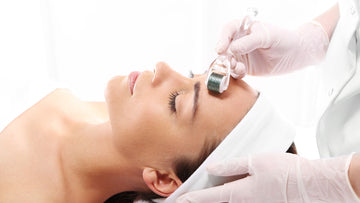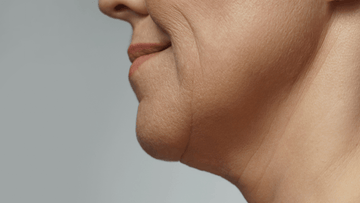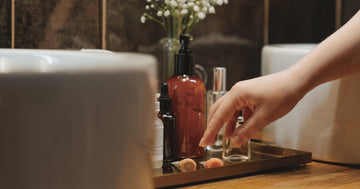How to choose a facial cleanser? 3 steps to find the right cleansing product for you

The market is filled with a dazzling array of facial cleansing products, each claiming different benefits. In addition to basic cleansing power, they may also offer moisturizing and tightening effects; not to mention the various types available, ranging from creamy, gel-like, powdery to mousse forms. With so many cleansing products available, how should one choose? Which texture of facial cleanser is better?
Facial cleansing is the foundation of skincare.
When pursuing perfect skin, we often focus on the efficacy of skincare products and medical beauty treatments, but may overlook whether the most basic cleansing is done properly. Choosing the right cleansing product and using the correct facial cleansing technique is actually the most fundamental skill for cultivating healthy skin! Proper skin cleansing can reduce many skin concerns, and healthier skin can better absorb the essence from skincare products and medical beauty treatments.
How to choose a facial cleanser?
In addition to trying the products personally to feel their cleansing power and how they feel on the face, you can also filter through three main principles:

Different textures? Which cleansing effect is better?

- Facial soap: Strong cleansing effect, but may lead to over-cleansing and skin discomfort; it usually contains fewer nourishing ingredients, making it less suitable for dry or sensitive skin.
- Facial cleanser: The most common type, it forms bubbles when mixed with water and usually leaves a smooth feeling after washing.
- Mousse cleanser: Produces fine bubbles for cleansing without needing to rub with hands, and it’s less likely to accidentally dispense too much (as it’s already foamed), making it more economical and environmentally friendly, especially friendly for sensitive skin.
Correct facial cleansing concepts are very important!
After selecting the right product, it’s also essential to pair it with the correct facial cleansing concepts to have the best impact on the skin.
- Water temperature: Water that is too hot may strip the skin of oils and moisture, while water that is too cold can easily irritate the stratum corneum. Therefore, it is recommended to use water slightly below body temperature, around 30 degrees Celsius, for cleansing, regardless of the season.
- Frequency: Even for oily skin, it is recommended not to wash the face more than three times a day. Excessive cleansing can trigger the skin's defense mode, leading to more oil production to protect the skin. For combination and dry skin, using cleansing products 1-2 times a day based on skin feel is sufficient.
Four steps for correct facial cleansing
- Wet the face with clean water: Never cleanse when both your hands and face are dry, as this will significantly reduce the effectiveness.
- Rub to create foam, or directly use a mousse-type cleansing product: Bubbles are key to removing dirt; without foaming, the cleansing effect will not be very good.
- Start washing from the oil-prone areas: Especially for combination skin, start from the areas that tend to be oilier, then move on to other areas of the face.
- Rinse thoroughly and pat dry: Use a towel or facial cloth to gently press and absorb moisture; rubbing vigorously can damage the skin.
Recommended facial cleanser: B5 Amino Acid Soothing Cleansing Mousse




